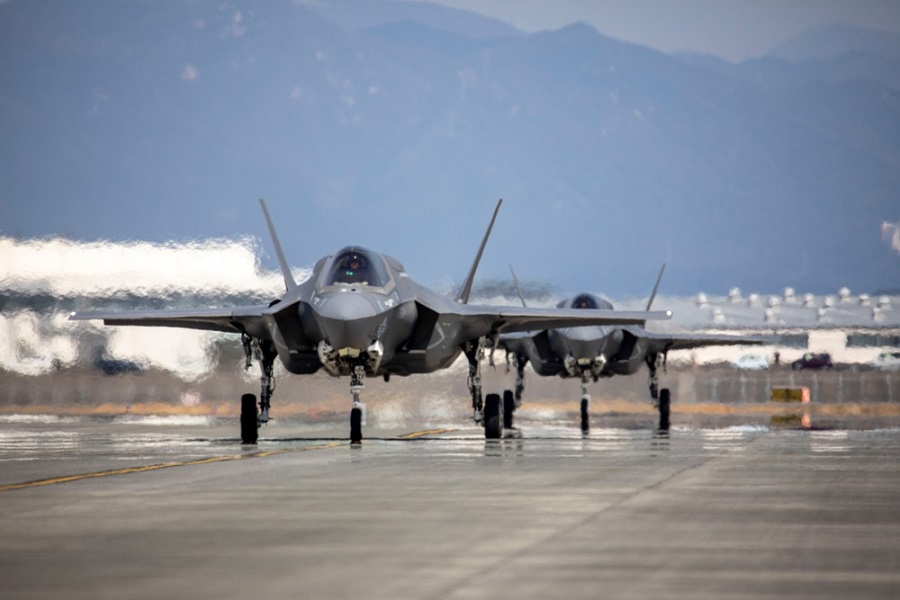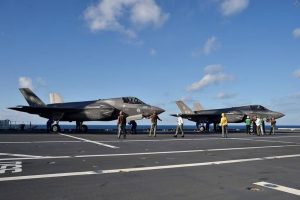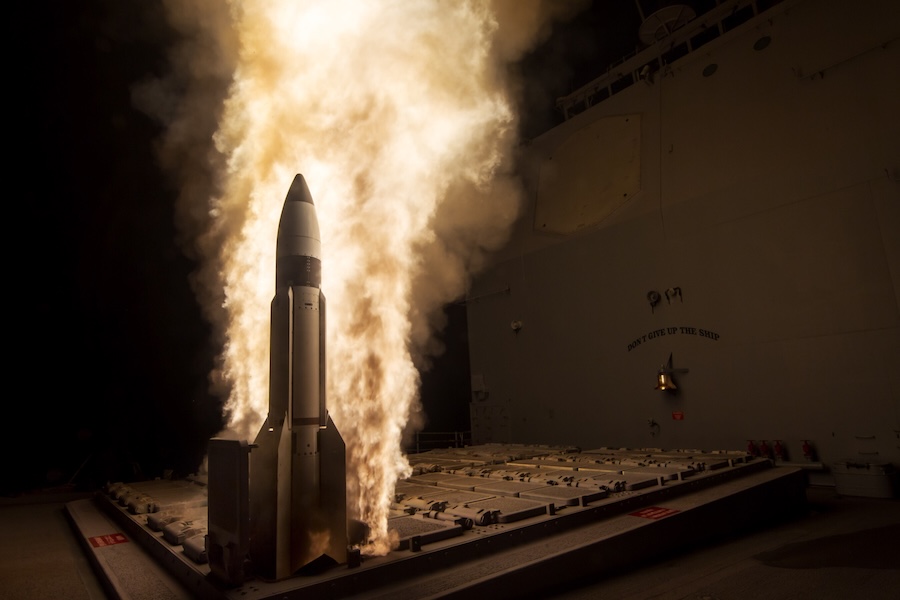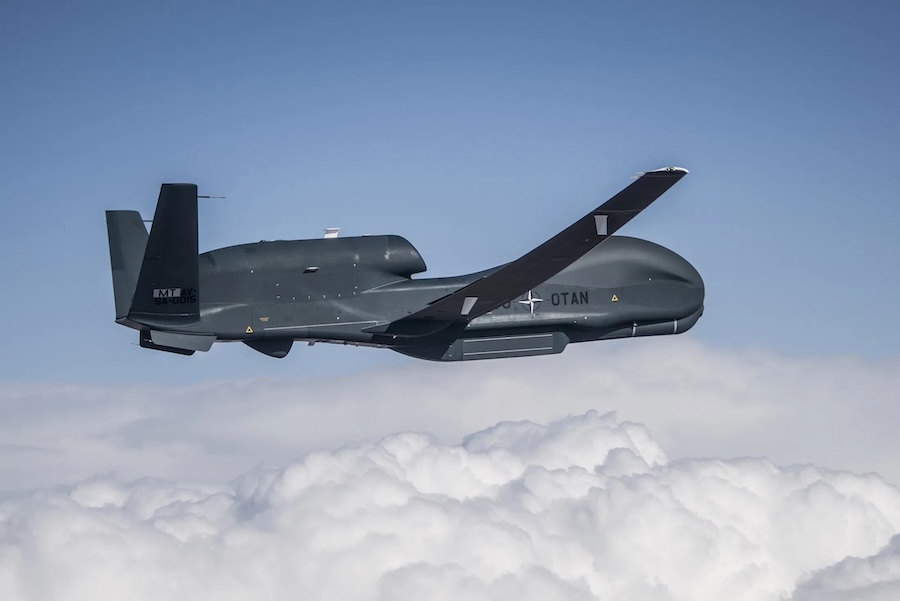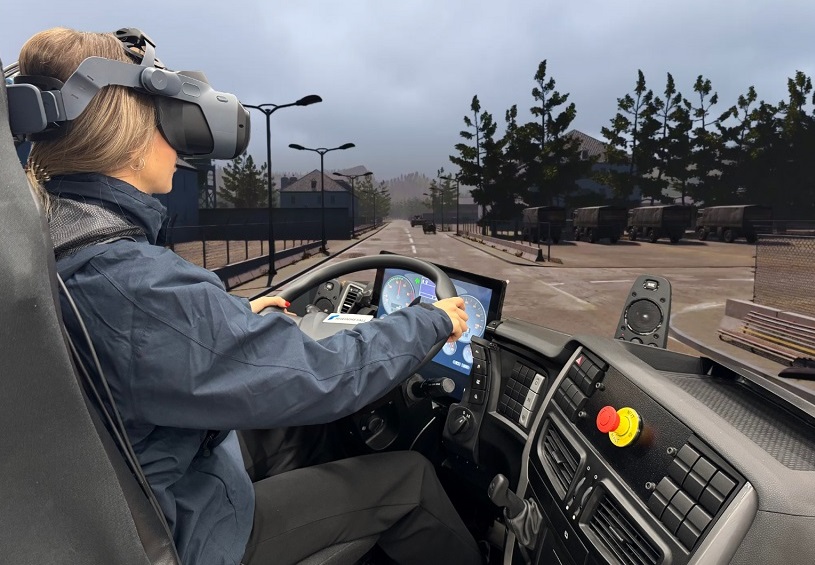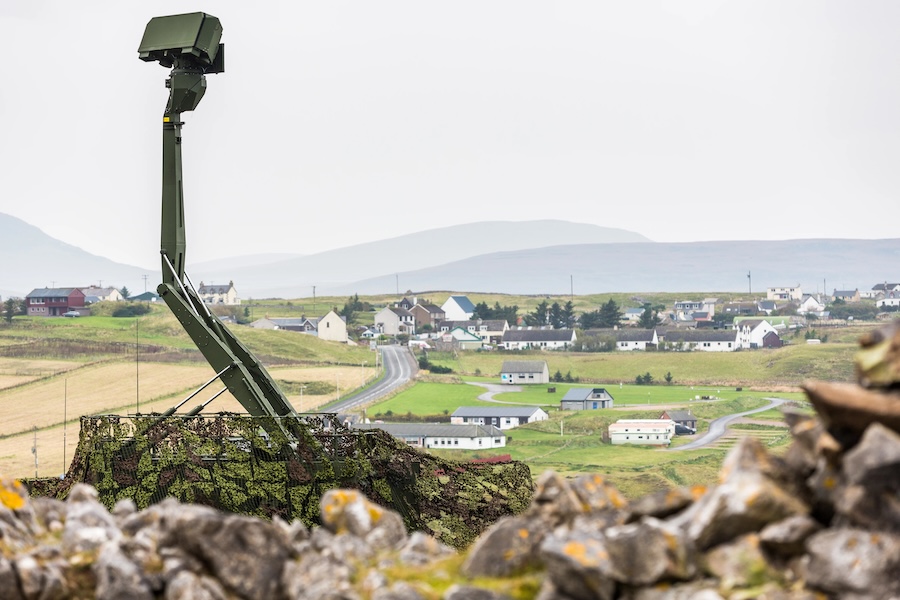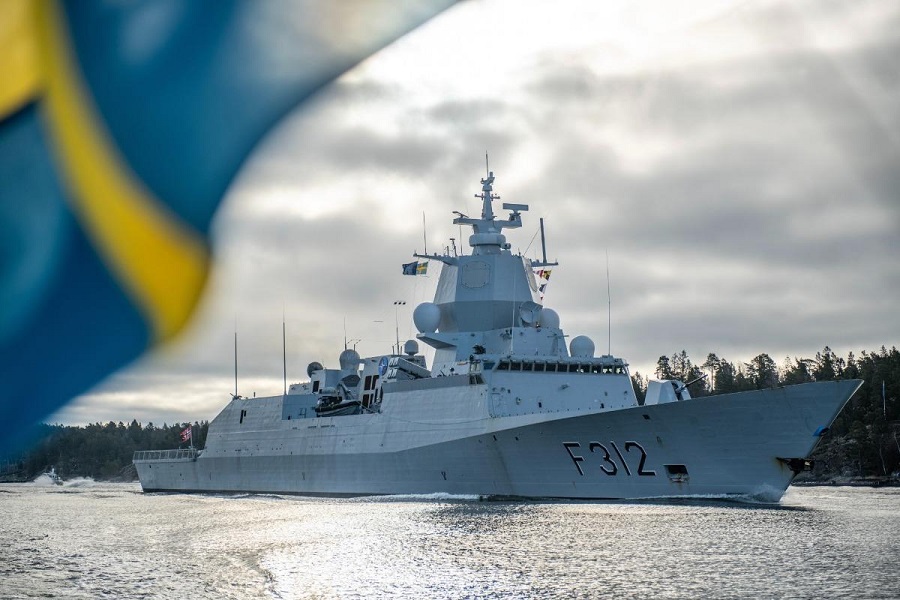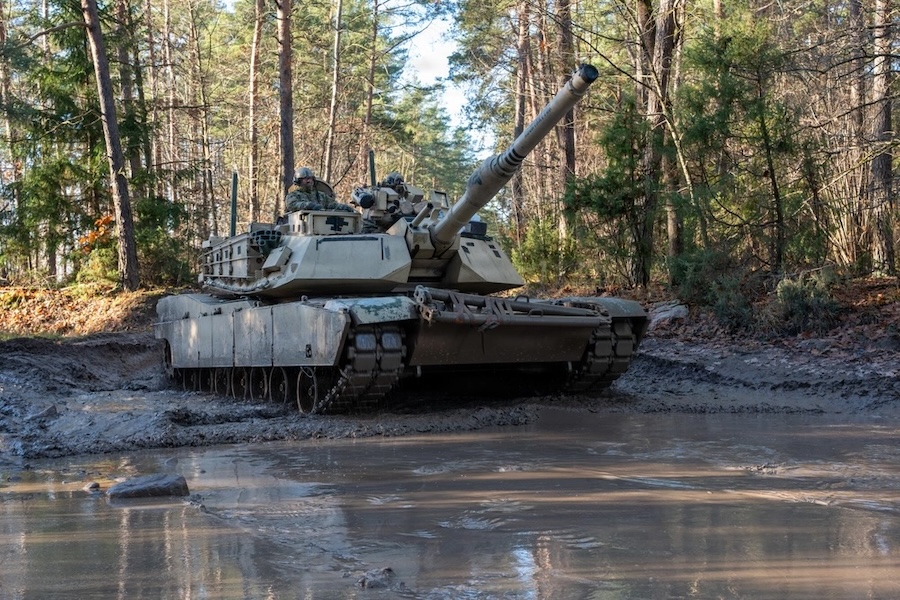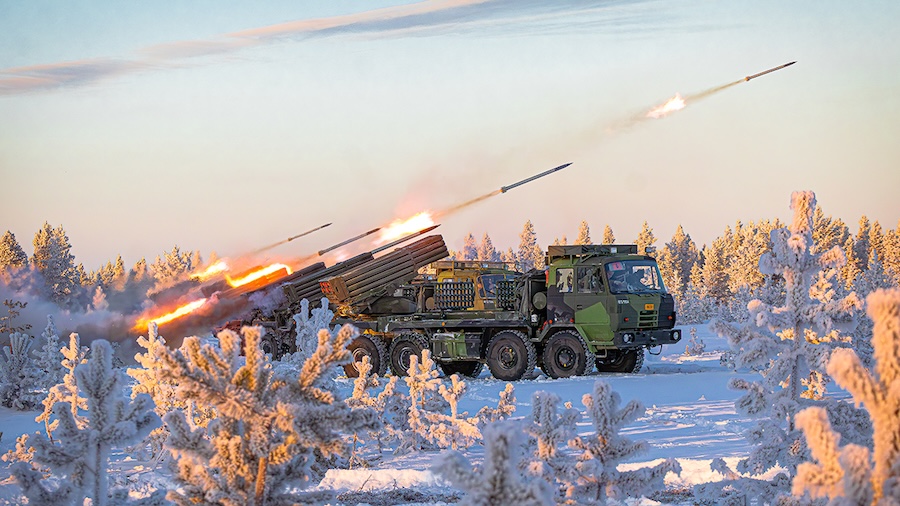VMFA-214, known as the Black Sheep, transitioned to the F-35B platform in March 2022 and is the first squadron to take part in this rotational deployment. The mission aims to enhance integration with joint forces and regional allies while refining the ability to operate from austere locations.
Lieutenant Colonel Robert F. Guyette, commanding officer of VMFA-214, highlighted the squadron’s focus on improving warfighting readiness and aligning with the Marine Corps’ Expeditionary Advanced Base Operations concept. This strategy enhances survivability and strengthens airpower projection in the region.
Marine Aircraft Group 12 already operates two fully operational F-35B squadrons, but the addition of a U.S.-based unit is considered a unique development. Colonel Kyle B. Shoop, MAG-12 commander, emphasised that the extra squadron enhances distributed operations and interoperability with joint and allied forces.
The F-35B’s ability to operate from remote locations and integrate with joint networks provides significant advantages in modern warfare. Its deployment marks a milestone in the Marine Corps Aviation Plan, which is shifting from fourth-generation to fifth-generation aircraft.
Major General Marcus B. Annibale, commanding general of the 1st Marine Aircraft Wing, described the transition as crucial for meeting operational needs in the Indo-Pacific. As more F-35 squadrons deploy to contested environments, the Marine Corps aims to expand its capabilities and increase its combat readiness in the region.
Source: 1st Marine Aircraft Wing.




